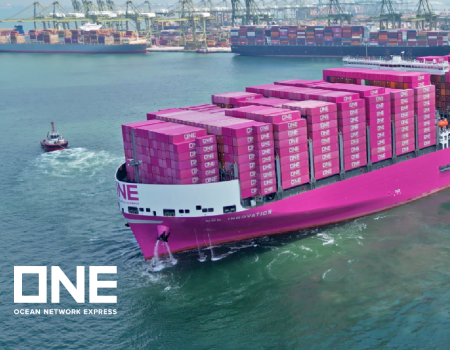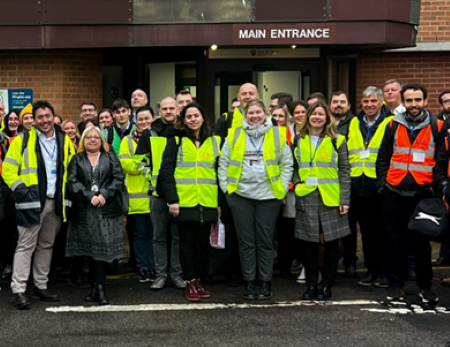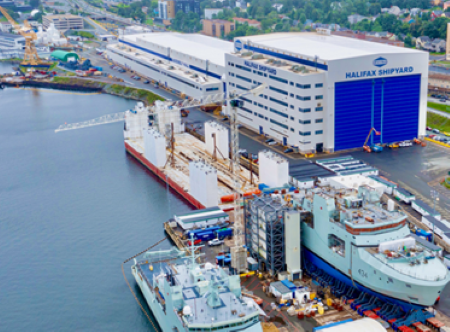How the logistics industry has adapted throughout lockdown during the Coronavirus pandemic – by Eddy de Jong, Supply Chain Consultant, FTA
The COVID-19 pandemic has affected the logistics sector in a variety of ways, with no two organisations having an identical experience; while many companies have experienced a downturn in business, others have seen unprecedented spikes in demand. In this article, FTA Supply Chain Consultants provide an overview of the developments affecting the sector throughout the lockdown period and explore how the industry has managed to adapt to the new challenges posed by the pandemic; our views are based on the results of FTA’s weekly Coronavirus Logistics Impact Survey and our own research within the trade.
The most significant business impact on the logistics industry we have seen has been the overall downturn of volumes and the number of businesses closing. However, there are strong variations to what extent individual businesses are affected. Grocery retail has stabilised after an unprecedented spike in demand at the start of the crisis. Meanwhile, e-commerce & home delivery have seen a sustained uplift. Notable examples of where volumes have declined include the drinks on-trade, events, non-food retail and construction. Some of these are starting to see a recovery in volumes, while others are anticipating relaxations of the lockdown expected for June and July which, it is hoped, will revive demand.
The reduced workload for the industry has resulted in businesses furloughing staff. Although 75% of respondents to FTA’s Coronavirus Logistics Impact Survey have taken advantage of the government’s scheme, the overall level is 10-15% of headcount. This appears to align with the proportion of HGVs that are not in use and SORNed (Statutory Off Road Notification) due to the pandemic and the resulting reduction in freight.
The key COVID-19 prevention measures in place across logistics businesses can be split between hygiene procedures and avoiding personal contact. Most hygiene procedures were implemented by more than 95% of respondents by early April, showing an industry that is quick to adapt. The operations that continued to operate throughout the lockdown period provide a good template for any businesses looking to restart or expand their operations, especially when adding the specific guidelines recently issued by the UK government.
Driver self-isolation is down to 4-5% from 12-16% at start of the survey period in March. Warehouse staff isolation levels have taken longer to decrease, but recently have come into line with transport.
More recent impacts reported in FTA’s survey include delayed payment of invoices by customers. This and the overall downturn in revenue has driven operators to look for financial support in the form of government backed loans, accessing the furlough scheme and attempts to renegotiate vehicle leases and rent or mortgage terms. However, these are not long-term solutions for a sector that traditionally operates on relatively narrow margins and only a recovery in economic activity levels across the board can provide sustainable income for the logistics industry. The shape of the economy of the future is bound to alter as changes in consumer behaviour and ways of working drive changes in purchasing behaviours, for example increased levels of and reliance on e-commerce.
More recent supply issues include difficulties in sourcing new vehicles, parts and machinery. This is likely to be a reflection of the stoppages in manufacturing and the reduced levels of international freight.; a lack of available vehicles may well affect the rate at which businesses bounce back.
In conclusion, logistics operators have been quick to put in place COVID-19 prevention measures. There has been a significant downturn in business volumes, with individual businesses being impacted to different extents. To reduce dependency on financial support and ensure a sustainable business environment, volumes need to recover. The temporary stoppage of supplies, especially in parts and vehicles, will be an additional challenge to ramp up logistics efforts. As the economy slowly comes back to life, businesses will need to be sure they have the right measures in place to ensure safe and efficient operations.
See more news here.








